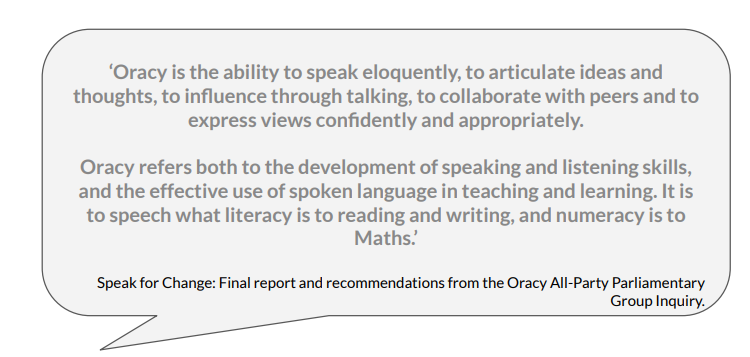DT
Design & Technology
Intent
At St Edmund's, our Primary design and technology scheme of work inspires pupils to be innovative and creative thinkers who have an appreciation for the product design cycle through ideation, creation, and evaluation. Pupils develop the confidence to take risks, through drafting design concepts, modelling, and testing and to be reflective learners who evaluate their work and the work of others. Through our scheme of work, we build an awareness of the impact of design and technology (DT) on our lives and encourage children to become resourceful, enterprising citizens who will have the skills to contribute to future design advancements. Using Kapow’s primary scheme of work, pupils gain the knowledge and skills needed to design and create high-quality prototypes and products for diverse users.

Inspiring Creativity and Resilience
Through engaging and thought-provoking lessons, pupils are encouraged to be curious about the world around them and the opportunities for design. They are taught the importance of resilience and perseverance, understanding that success often comes after multiple attempts.
Key Learning Outcomes:
-
Pupils are encouraged to take risks in a safe, supportive environment, fostering independent thinking.
-
Lessons promote eco-friendly practices, raising awareness of sustainable design and the challenges of a throwaway society.
-
Pupils gain practical knowledge and skills that prepare them for life, instilling a sense of responsibility and resourcefulness.
Implementation
Design and Technology skills and understanding are built into every lesson, following a practical and interactive process of designing and making. Through revisiting and consolidating skills, lesson planning and resourcing help children build on prior knowledge alongside introducing new skills, knowledge and challenge. The revision and introduction of key vocabulary are built into each lesson. Our children learn to take risks, be reflective, innovative, enterprising and resilient. Through the evaluation of past and present technology, they can reflect upon the impact of Design Technology on everyday life and the wider world. Through these lessons, we inspire pupils and practitioners to develop a love of Design and Technology and see how it has helped shaped the ever-evolving technological world they live in.
- As a school and in accordance with the National Curriculum’s Programme of Study, we ensure that all pupils:
- Develop the creative, technical and practical expertise needed to perform everyday
- Tasks confidently and to participate successfully in an increasingly technological world
- Build and apply a repertoire of knowledge, understanding and skills in order to design and make high-quality prototypes and products for a wide range of users
- Critique, evaluate and test their ideas and products and the work of others
- Understand and apply the principles of nutrition and learn how to cook.
Impact
The impact of Kapow Primary’s based scheme is constantly monitored through both formative and summative assessment opportunities. The curriculum is developed in such a way that children are equipped with a range of skills to enable them to succeed in their primary education and be innovative and resourceful members of society.
Children at St Edmund's Catholic Primary School will:
- demonstrate a love of DT and an interest in further study
- meet the end of key stage expectations outlined in the National curriculum for Design and technology
- have evidence of work showing a range of DT based topics covered, cross curriculum links and work adapted to their individual needs
- use and combine tools to carry out different processes for shaping, decorating, and manufacturing products.
- apply a repertoire of skills, knowledge and understanding to produce high quality, innovative outcomes, including models, prototypes, CAD, and products to fulfil the needs of users, clients, and scenarios.
- gain knowledge on key individuals, inventions and events in history and of today that impact our world.
Developing Oracy in D&T
Pupils are encouraged to develop their communication skills by:
-
Presenting design ideas or products to various audiences.
-
Explaining their designs, preferences, or finished products.
-
Role-playing from the user’s perspective.
-
Using new vocabulary to discuss designs and products.
-
Collaborating and organising tasks in groups.
-
Critiquing and providing feedback on peers’ designs.
-
Reflecting on and improving their own work.
-
Summarising and justifying design ideas.

